10 Ways to Protect Your Engine
Whether you're just driving to and from work every day or tearing around the track top speeds, your engine is the beating heart of your car and you need to protect your engine.
Without all of its parts in good working order, your car becomes an expensive paperweight sitting in your driveway or on the side of the road. Thankfully, with a little bit of maintenance, engines are designed to work for tens of thousands of miles.
What can you do to proactively protect your engine? Here are a few of our favorite tips and tricks to keep you on the road and out of the shop.
1. Get an Oil Change
Engine oil serves as a lubricant between moving parts inside the engine, and after a while, it starts to get too dirty to do its job. If you want to protect your engine, get an oil change according to your manufacturer's specifications. While it might have been true a few decades ago, advances in engine technology and oil processing techniques mean that you don't need to change your oil every three months or 3,000 miles anymore. Learn more about oils here.
Depending on the oil you use, you could go anywhere from 7,500 to 15,000 miles, so make sure you're checking that owner's manual . If you want to try doing yourself, here's a helpful DIY guide.
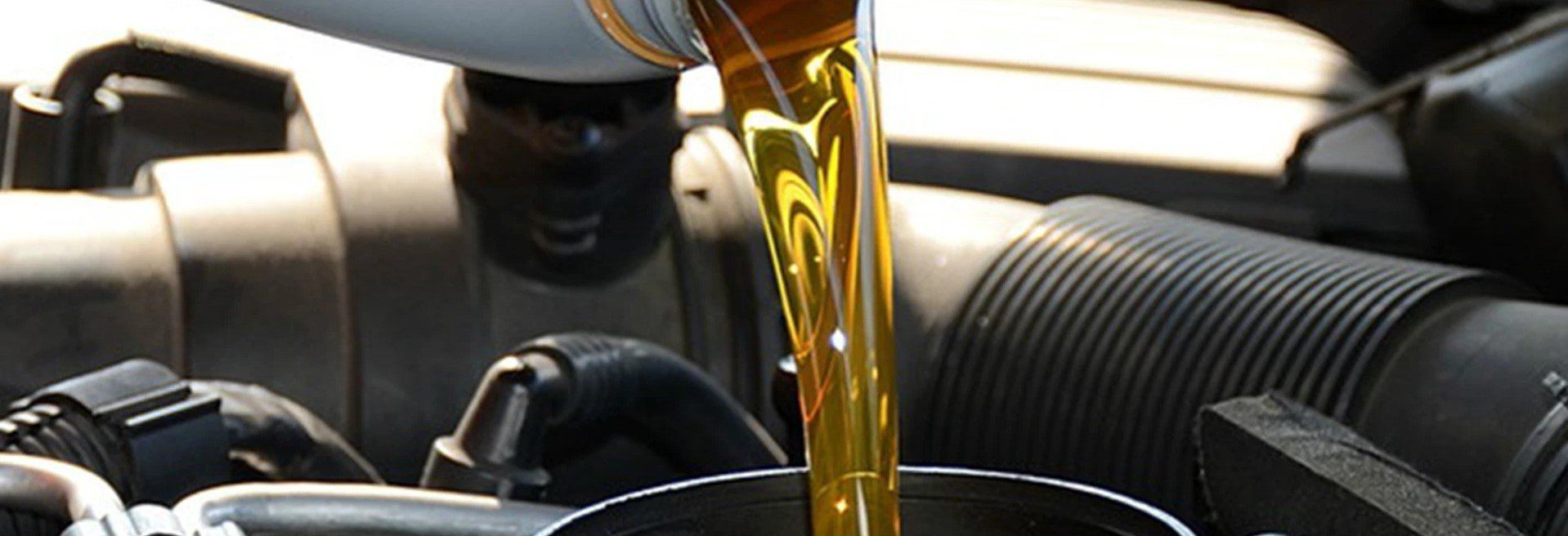
2. Check Any Out of the Ordinary Noises
We all know the standard noises our engines make, so if they start making sounds that are out of the ordinary, start looking for a problem. It could be as simple as a loose bolt that you can tighten down in 30 seconds, or it could be a more complicated problem that requires a trip to the shop.
Either way, if you ignore the noises they could become a larger problem in the future, so if something sounds wrong, take a closer look.
3. Maintain the Cooling System
At high temperatures, metal tends to warp and deform. Don't let your engine reach those temperatures. Make sure you're maintaining the engine's cooling system — the radiator, hoses, coolant and other associated parts — to ensure that everything is working smoothly.
Again, check your owner's manual to learn when you should be changing your coolant and flushing the radiator. The exact timeline will vary depending on how much you drive and the make, model and age of your car.
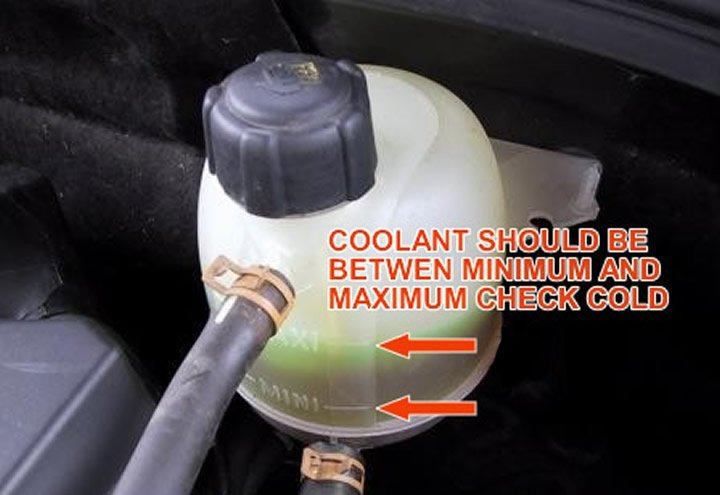
4. Schedule a Tune-Up
When was the last time you took your car to the shop for a tune-up? While it might not include the classic activities that are associated with the phrase, such as replacing the cap and rotor on the distributor, taking your car to the shop and having your mechanic give it a once-over isn't a bad thing.
A trained eye or ear might be able to spot problems before they start to cause damage, allowing you to be proactive when it comes to engine maintenance rather than reactive when something breaks down and sidelines your daily driver.
If you're more of a DIY-er, you might find this article helpful. Learn how you can protect your engine without breaking budget.

5. Protect Your Car From Heat
Your engine might naturally reach high temperatures, but that doesn't mean that your car will function well at high temperatures. Protecting your car from the elements — especially from extreme heat — can help to protect your engine.
Your oil will work better, your cooling system won't have to work so hard, and you'll even experience better fuel economy since gasoline evaporates faster in extreme heat than it does in cold or temperate vehicles.
6. Change Your Belts As Recommended
Whether you've got one serpentine belt that runs everything or an assortment of drive belts that snake between the pullies, changing your belts as recommended by the manufacturer can help protect your engine by preventing breakdowns.
While you're changing your belts, take the time to check your pullies and make sure they're spinning as they're supposed to. A seized pulley could cause belts to wear and break prematurely and could cause parts of your engine to burn out because they're not able to function as they're supposed to.
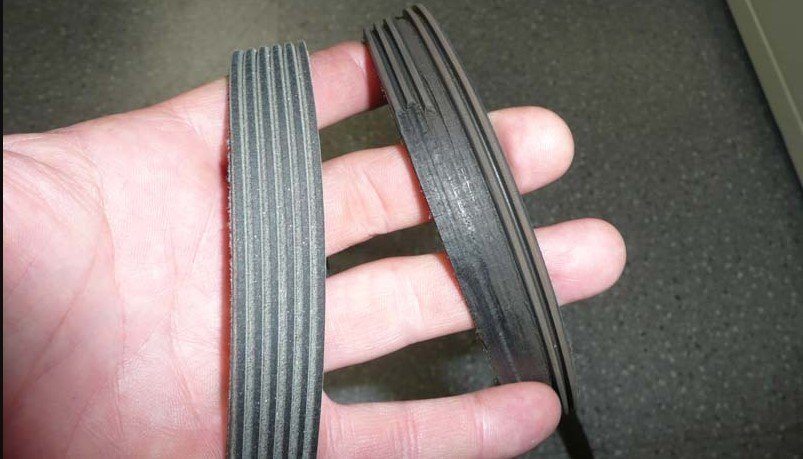
7. Change the Air Filter
Go for a quick jog around your house. Nothing fancy, just a quick bit of exercise. Now try to do that while you're holding your breath. That's what it's like for your engine if you don't change your air filter regularly. You're choking off its oxygen supply and that's half of the fuel-air mixture that allows your engine to function properly.
In most engines, changing an air filter is the fastest and easiest thing you can do. It'll take you 10 minutes and unless you drive a new car with an engine cover, you might not even need any tools to accomplish this task. Check your owner's manual to see when the manufacturer recommends changing your air filter.
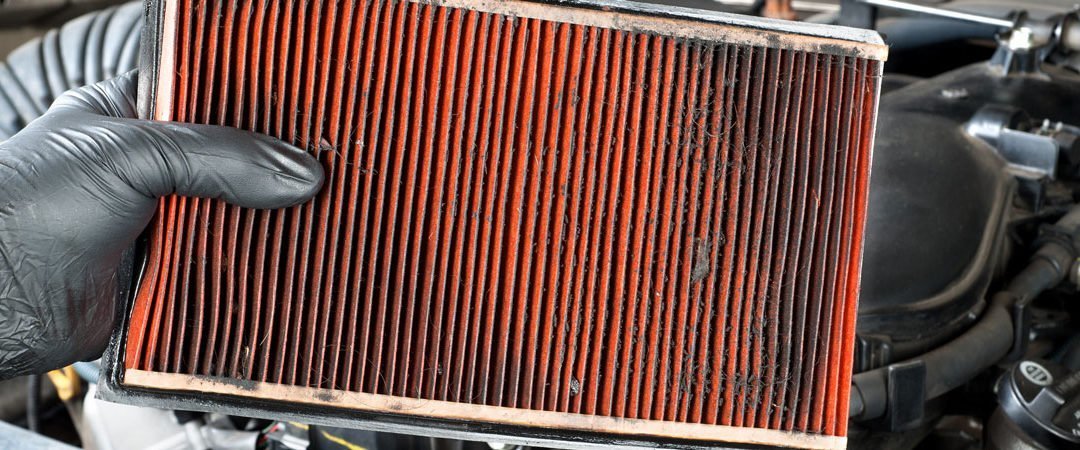
8. Fix Any Leaks Fast
If you notice a few drops of automotive fluids — from the coolant to oil or transmission fluid — on the driveway or the floor of the garage, don't ignore it. Leaks can start small and develop into huge problems.
If you see any leaks, make sure you fix them fast. If you are noticing fluids under your car but can't find the source, make sure you're taking your car to the shop. Don't leave them until you're dumping buckets of oil or antifreeze on the highway while you're driving.

9. Replace Your Spark Plugs and Battery
Without a spark, you don't get an explosion, and without that explosion, you don't move forward. When was the time you replaced and gapped your spark plugs? It's an easy job, though you might need a specialized socket to remove the spark plugs.
Keep an eye on your battery and how long you’ve had it and change it when needed. Batteries can get drained from MP3 players, Bluetooth devices, cell phone chargers, and more. The last thing you want to do is get stranded with a dead battery.
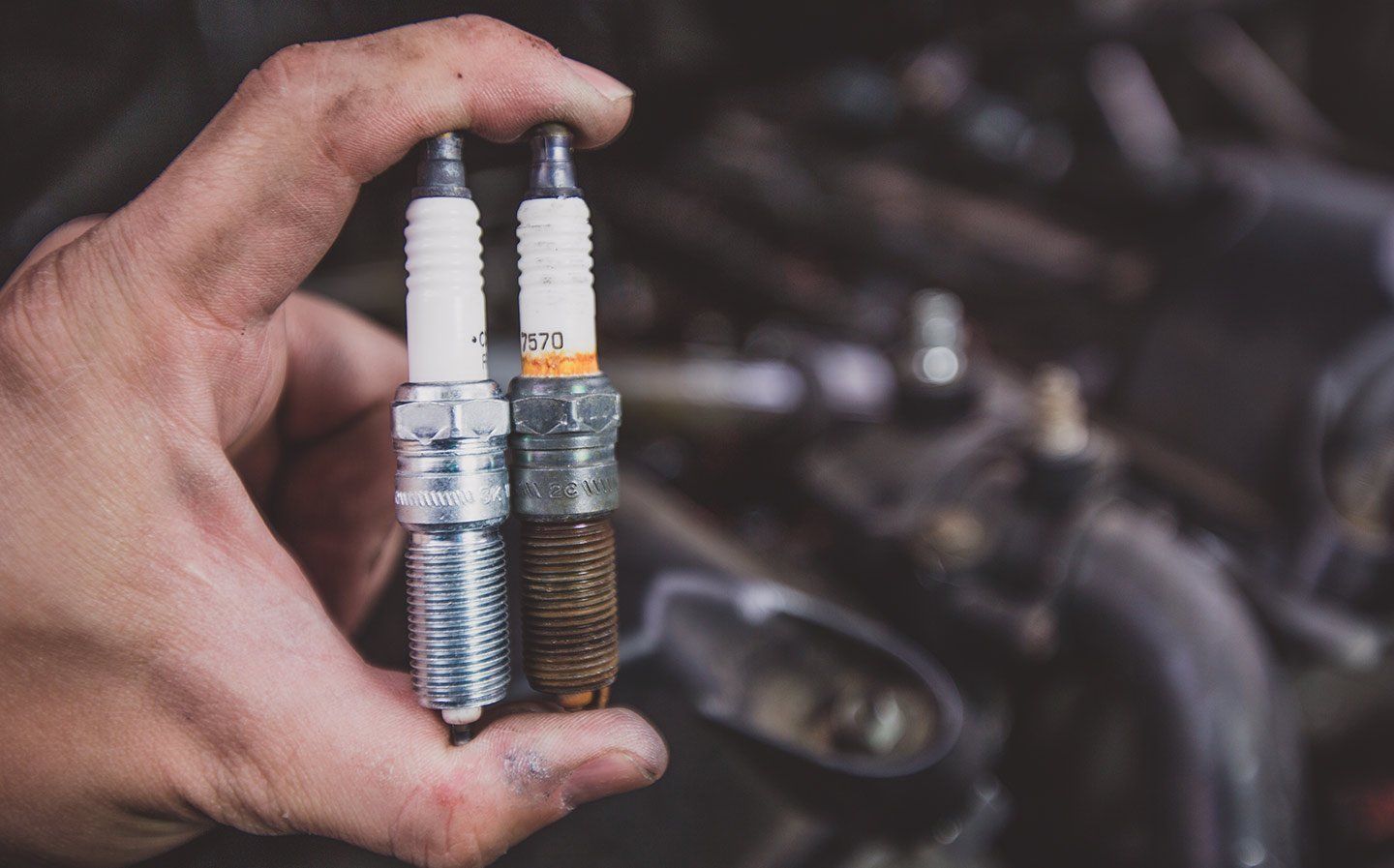
10. Don't Forget Your Fuel Filter
Even if you're careful to change your oil and air filters according to the manufacturer's recommendations, you might still be neglecting one of the most important tune-up steps — changing the fuel filter. This little filter usually sits in the fuel line and removes and dirt and debris that might be in your fuel or your fuel tank. This keeps them from traveling up your fuel lines and clogging your injectors.
Changing your fuel filter is usually fairly simple, though you'll want to have a catch basin ready to capture any fuel that escapes from the lines when you disconnect the filter.
Running a diesel engine? You might want to pay extra attention to your fuel filter and use a fuel additive. Especially useful once the cold weather starts to settle in.

Drive Safe!
You wouldn't be able to survive without your heart, and your car can't function without its engine. With that in mind, make sure you're keeping up with your regularly scheduled maintenance to ensure that your car will serve you well for years to come.
Scott Huntington is an automotive blogger who covers everything from the Model T to the Model 3. Find his work on Off The Throttle or check him out on Twitter, @SMHuntington
About the Author
Tech Guy
Automotive enthusiast, passionate about Jeeps, hot-rods, turbos, performance, efficiency, diesels, fuels, high performance oils, additives and anything with an engine.

